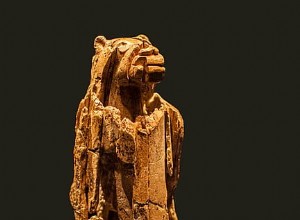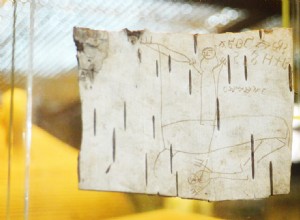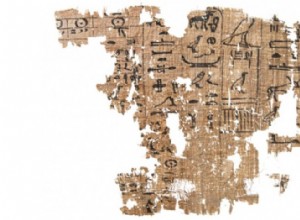We all remember the summer of 1939 because in its last stage, on September 1, the Second World War broke out. But history and art buffs have an extra reason to pay special attention to that season, as just six days earlierGermany revealed to the world something more than his almighty Wehrmacht:a sma




